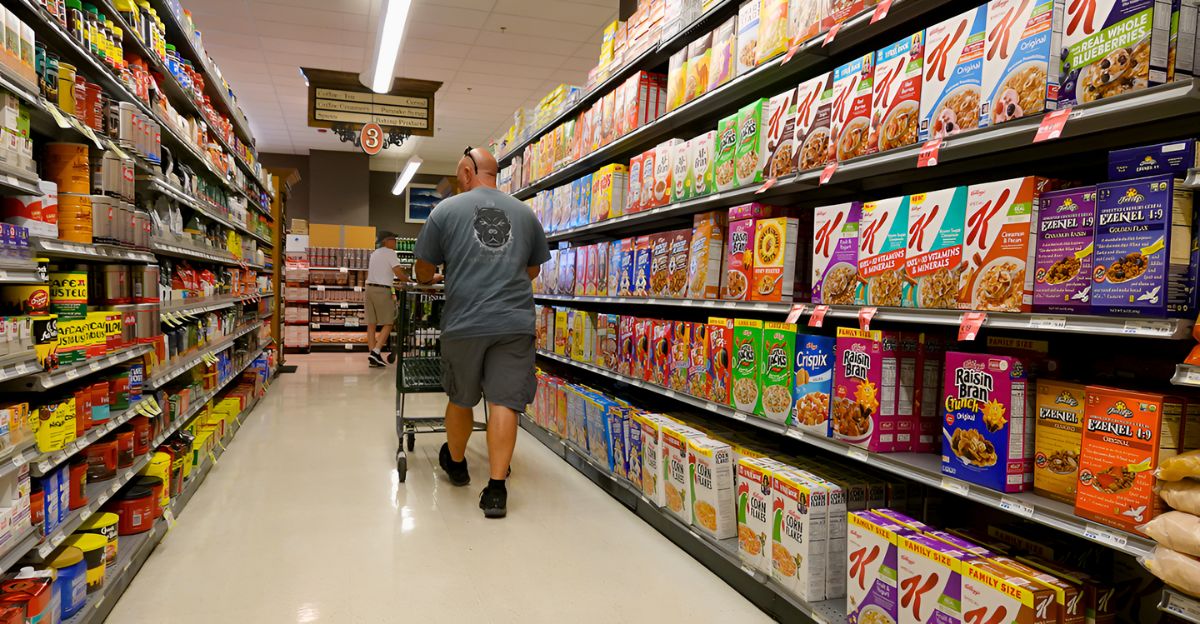
For decades, breakfast cereal sat in its usual spot, at the top of the grocery aisle. We grew up with colorful boxes, cartoon mascots, mystery toys, and familiar jingles.
But the industry has silently been pivoting. A recent move by Kellogg’s, once the face of breakfast in America, has gained attention.
After years of gradual decline, the company just handed over its U.S. cereal business to an international buyer. Why and how did this happen? And what does it imply for cereal as we know it?
The Slow Fade of a Morning Staple
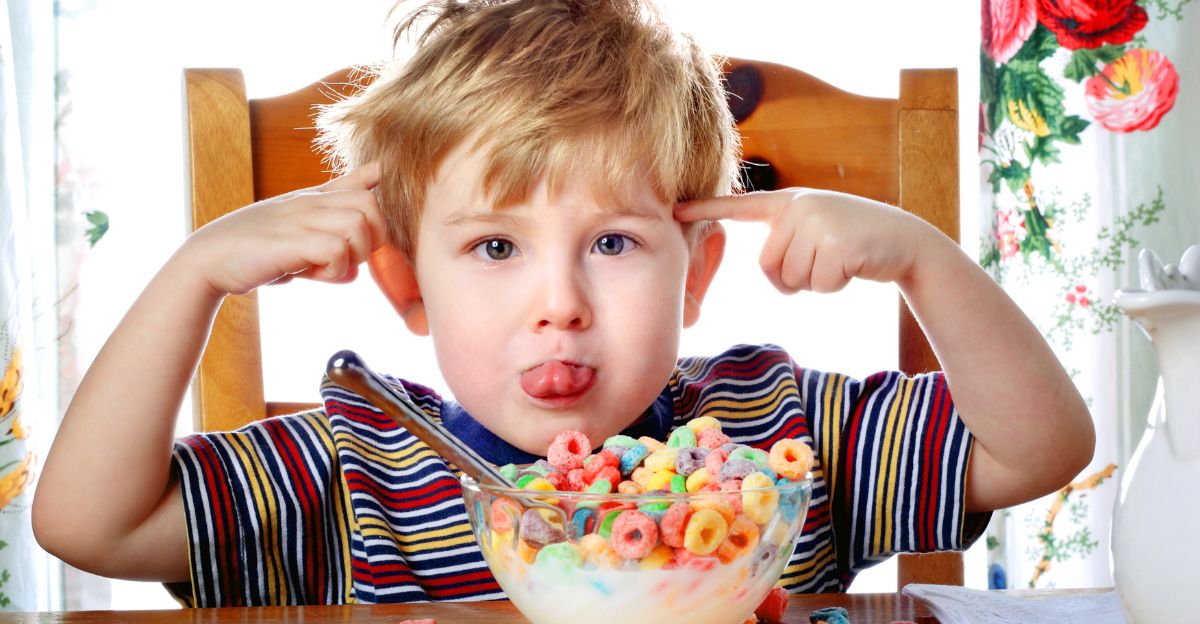
Cold cereal hasn’t vanished, but its popularity isn’t what it once was. The numbers show a downward trend, with U.S. cereal sales declining over the past 25 years.
Big names like Froot Loops and Corn Flakes couldn’t reverse the decline. While many families still buy cereal, they’re buying it less frequently, and younger generations aren’t choosing it as much.
A Pandemic Bump That Didn’t Last
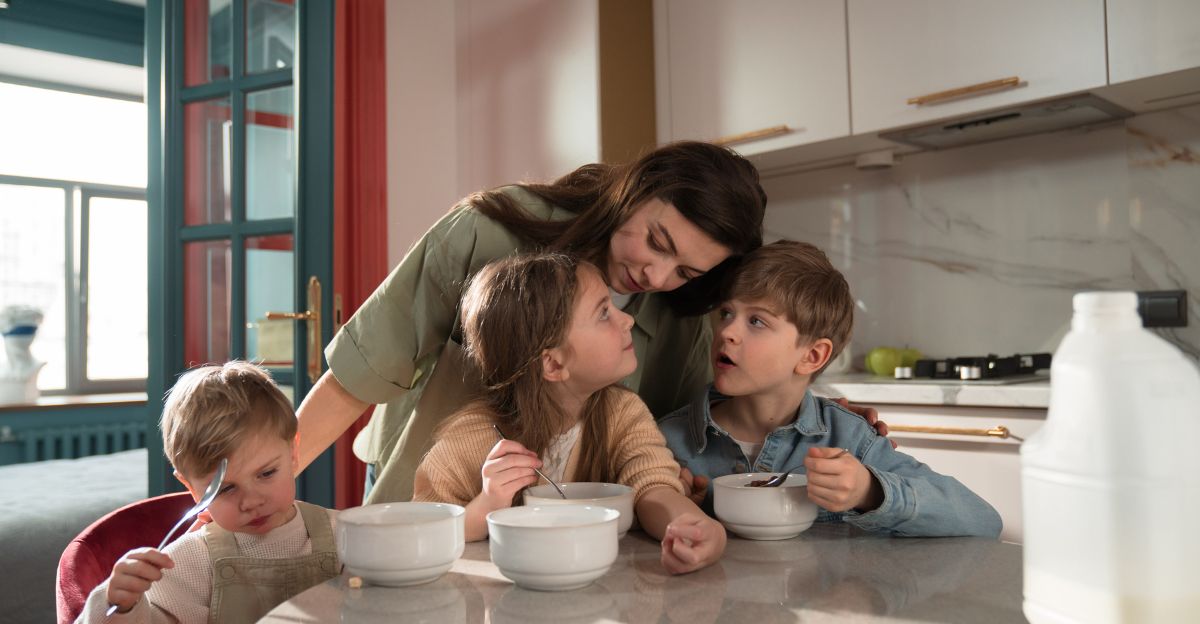
For a brief moment during the COVID-19 lockdowns, cereal sales boosted. Cereal’s quick prep and nostalgic appeal made a comeback with people at home and routines disrupted.
But that uptick didn’t stick. As life returned to normal, the long-term downward trend continued, and cereal again became squeezed between new eating habits and growing competition.
Breakfast Is on the Move
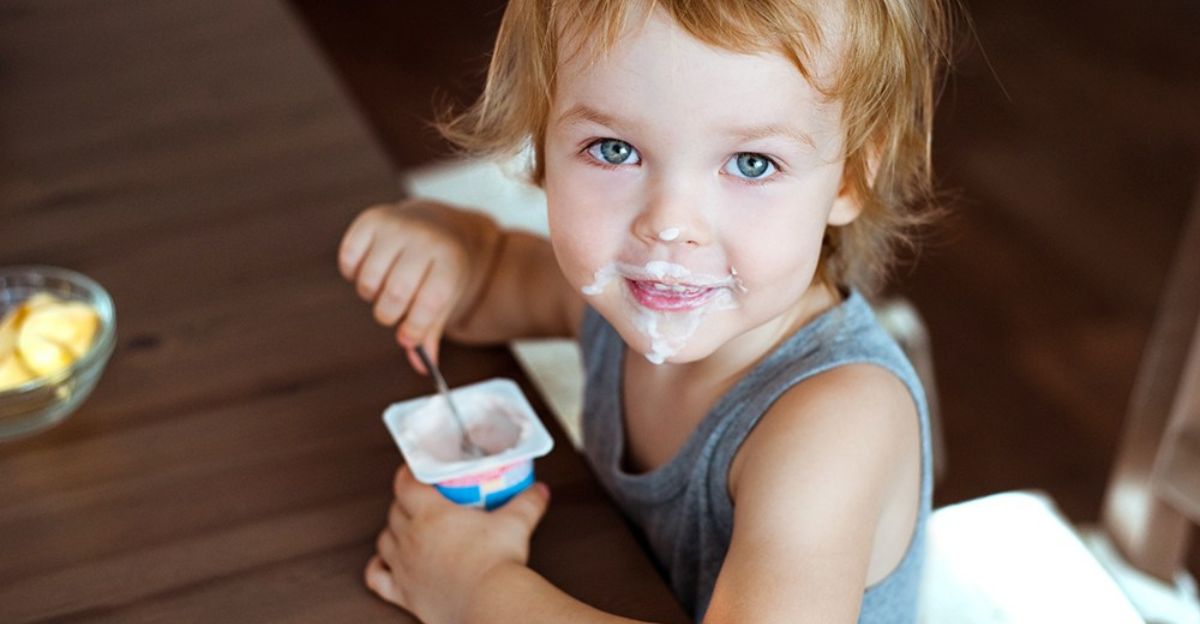
One of cereal’s biggest obstacles has been people’s changing eating habits and lifestyles. Grab-and-go breakfast options like bars, smoothies, and yogurt now dominate morning routines.
Nutri-Grain and Clif Bars, introduced in the 1990s, offered convenience and portability that cereal couldn’t. Today, less people have time to sit down with a bowl and spoon. In a fast-paced world, cereal struggles to keep up.
Health Concerns Take Center Stage
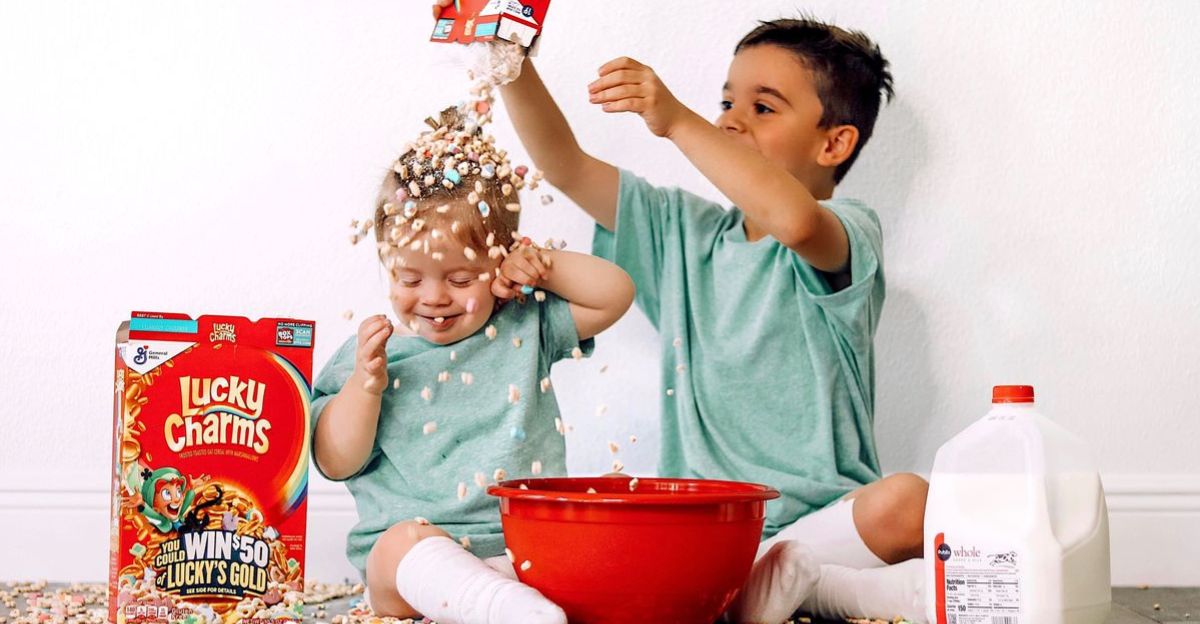
Cereal’s image as a healthy breakfast choice has taken a hit. Popular brands are mostly high in sugar, colorants and artificial ingredients.
A single cup of Lucky Charms contains nearly a quarter of a day’s recommended sugar. Modern consumers are skeptical even with added vitamins and minerals: they want cleaner labels and fewer processed ingredients.
The Dye Debate

Artificial colors have also been scrutinized. Bright, petroleum-based dyes used in cereals like Froot Loops have led to protests.
In late 2024, demonstrators gathered outside Kellogg’s headquarters urging the company to terminate synthetic dyes. Both Kellogg’s and General Mills responded, pledging to slowly remove them, reflecting shifting public expectations.
Redefining Breakfast
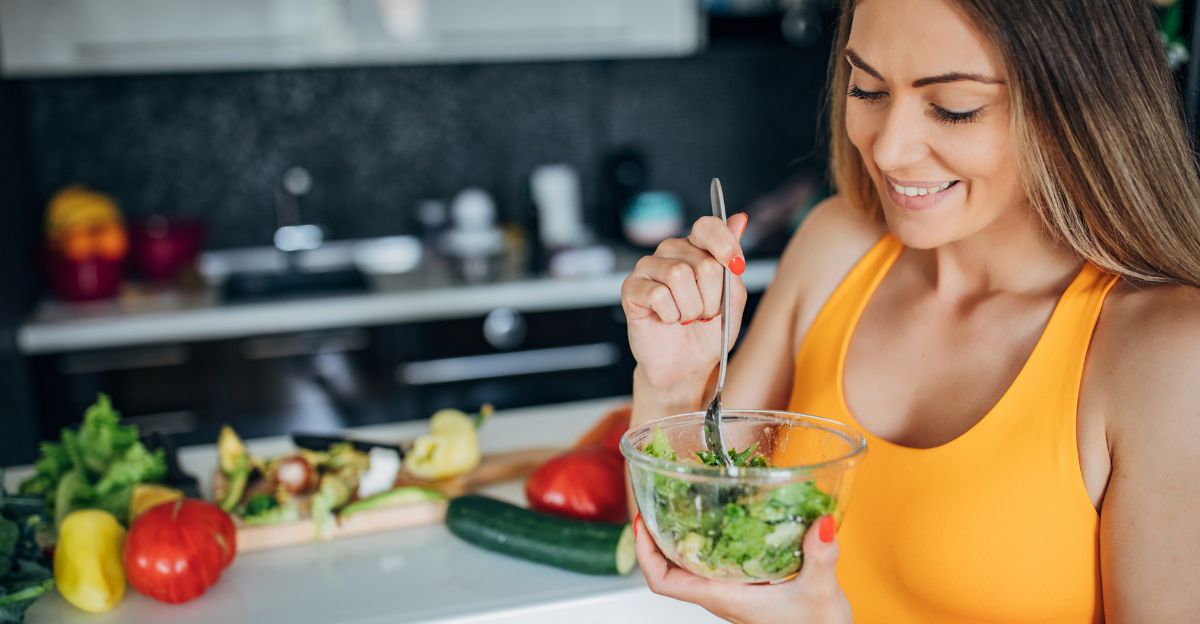
Today’s breakfast isn’t just bacon and eggs, nor is it cereal and milk. Yogurt, smoothies, and even vegetables are replacing traditional choices.
Research shows that Gen Z, in particular, is eating more vegetables for breakfast than any previous generation. They’re also more likely to skip breakfast altogether, or have cereal as a snack later in the day.
A Company Divides
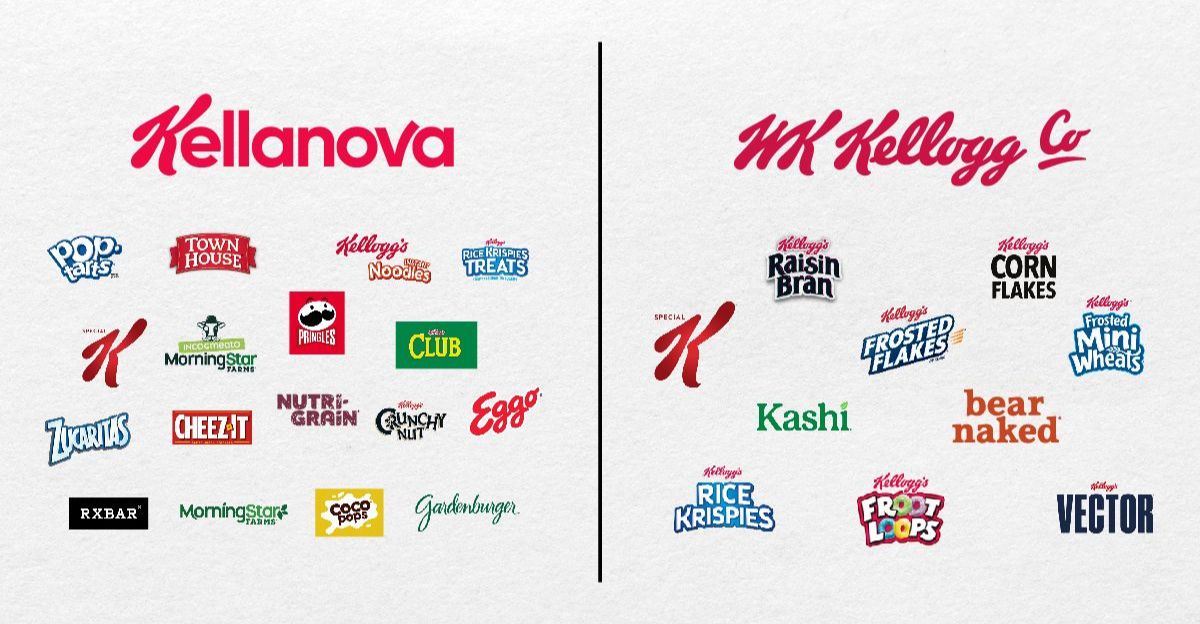
In 2023, the Kellogg Company officially divided in two. One side, Kellanova, took snacks and international cereal.
The other, WK Kellogg, focused on U.S., Canadian, and Caribbean cereal brands. The decision considered that cereal no longer fit into Kellogg’s broader growth strategy.
Enter Ferrero Group
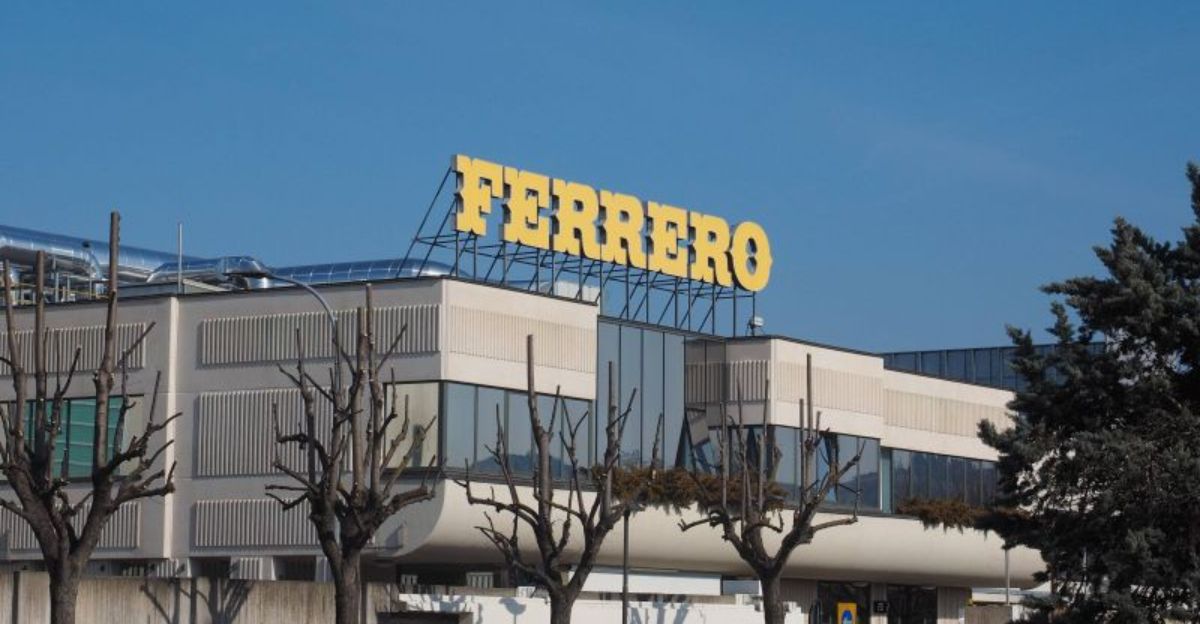
In 2025, Italian confectioner Ferrero Group announced plans to acquire WK Kellogg. Known for Nutella and Ferrero Rocher chocolates, Ferrero’s move into cereal was surprising.
But the purchase offers Kellogg’s former cereal arm a new chance at resurrection, possibly with a European approach to branding, product development, and consumer engagement.
Not the End of the Cereal Aisle
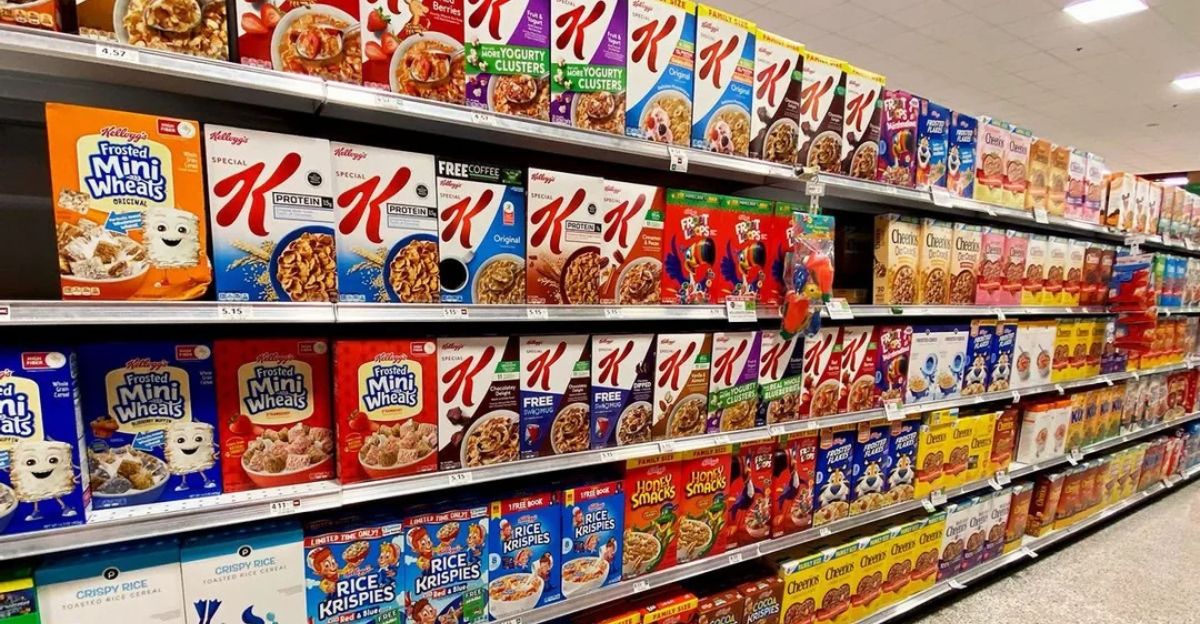
Despite the sale, cereal isn’t disappearing from shelves. Analysts say there’s still opportunity, but the market is fragmenting.
A one-size-fits-all cereal isn’t probable anymore. Instead, brands may need to target more niche audiences: Keto-friendly cereal for one group, adventurous flavors for another. Flexibility, nutritional factors, and creativity will be key to surviving.
Innovation from Within
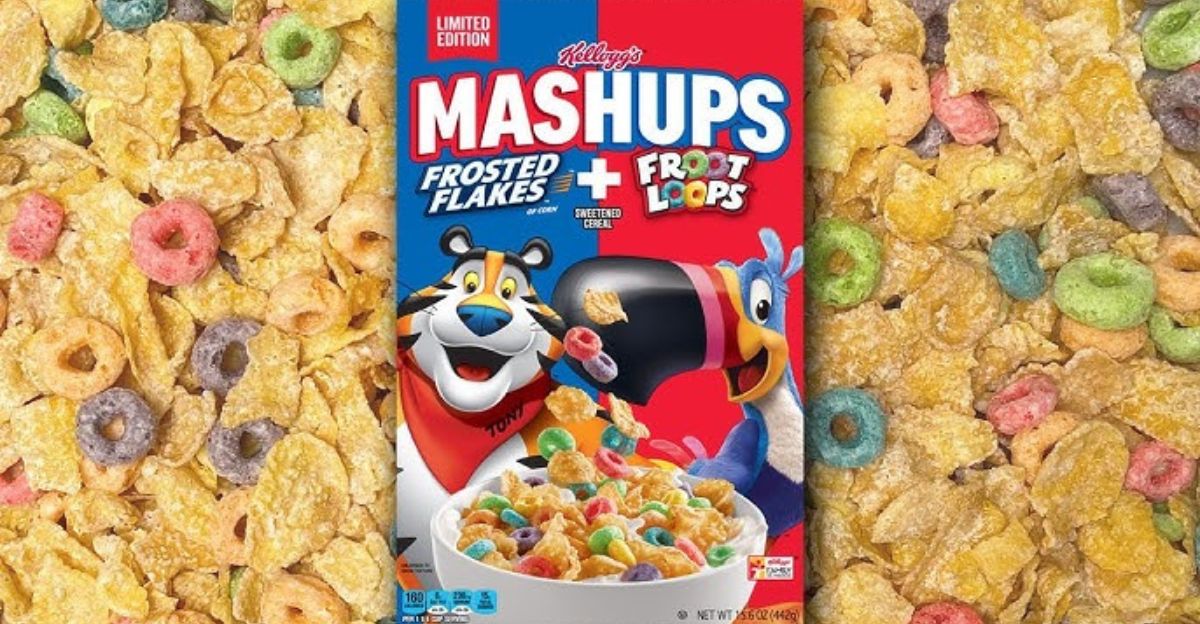
Even before the sale, Kellogg’s tried to adapt. Their “Mashups” line; blending brands like Frosted Flakes and Froot Loops, was designed to appeal to younger eaters seeking new wonder.
While not a huge category shift, these ideas showed a readiness to evolve and test the market, especially as traditional formulas lose their pull.
New Faces, New Strategies

Ferrero’s ownership may bring new approaches to the cereal business. Unlike traditional cereal makers, Ferrero’s strength lies in indulgent branding and global distribution.
This might help reposition cereal in different contexts, not just as breakfast, but as snacks or dessert toppings. Whether this will resonate in the U.S. market remains to be seen.
Cereal Goes Niche
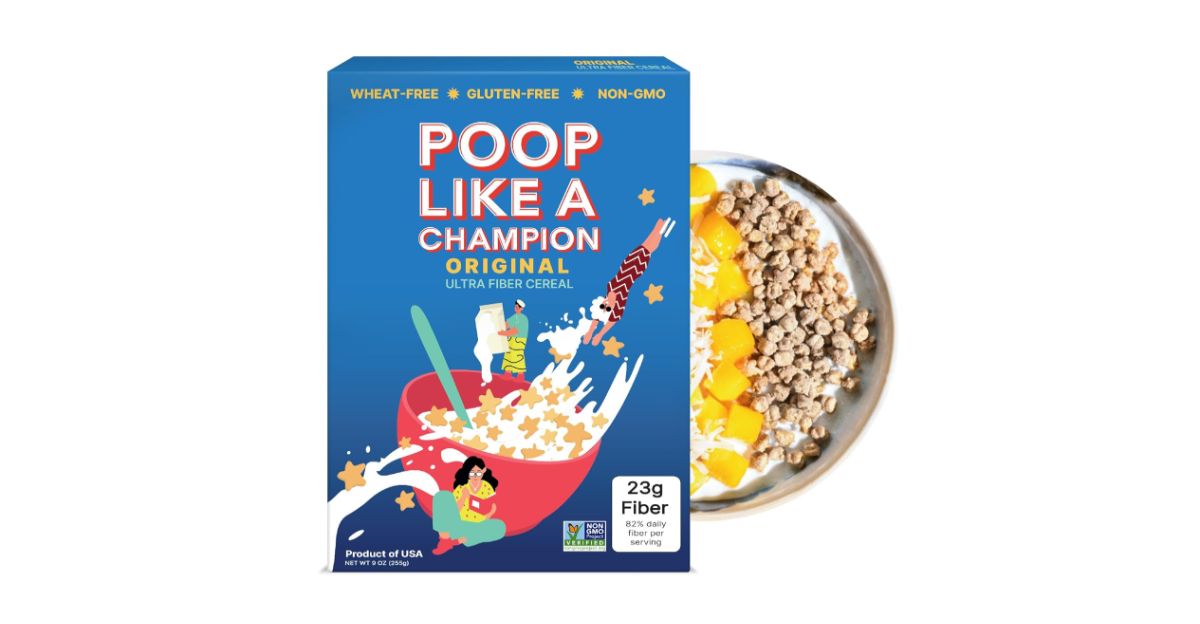
Smaller brands are already finding success in their own niches. Products like “Poop Like a Champion” (a high-fiber cereal) or “Magic Spoon” (high-protein, zero-sugar) are rising.
Even legacy players are evolving: General Mills introduced high-protein Cheerios. In this transforming market, specialization may be more effective than tradition.
The Bigger Picture

Cereal’s challenges mirror broader trends in food. Consumers are looking for function, simplicity, and flexibility.
Fewer kids in households and new food values mean that nostalgic brands must do more than rely on legacy. The Kellogg’s sale highlights the need to adjust to peoples’ changing eating habits.
What Happens Next
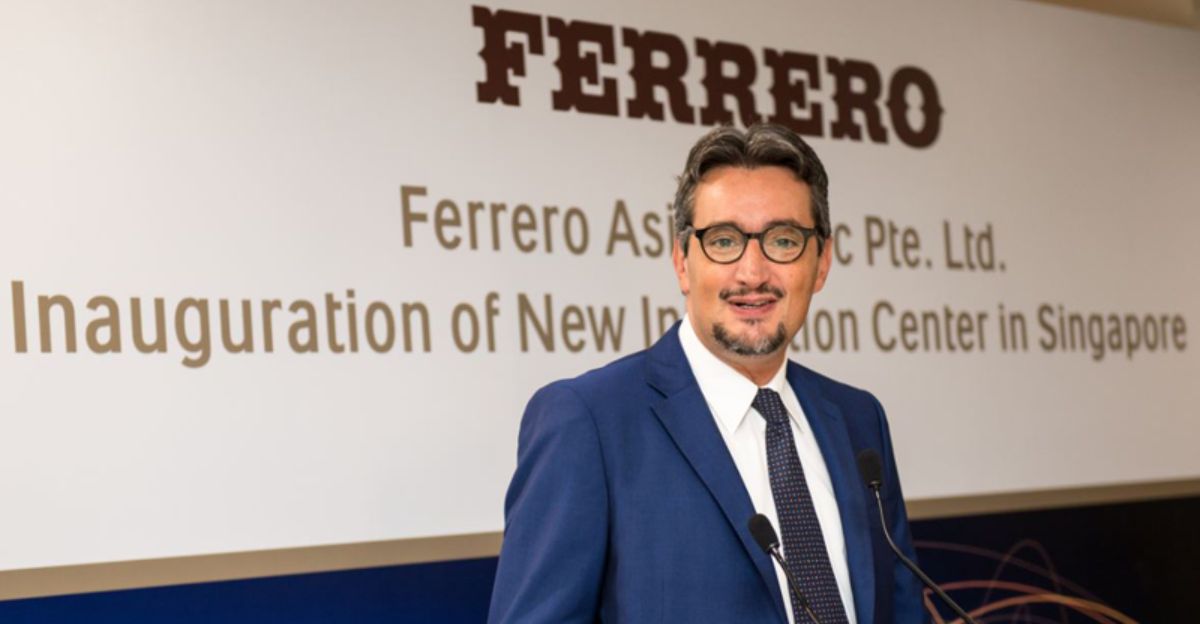
Ferrero’s acquisition marks a new chapter for some of America’s most well-known breakfast brands. Whether it leads to a revival or further redefinition remains uncertain.
But one thing is clear: cereal’s future will be different. The bowl-and-carton routine is no longer guaranteed, and the companies that survive will be the ones willing to reinvent it.